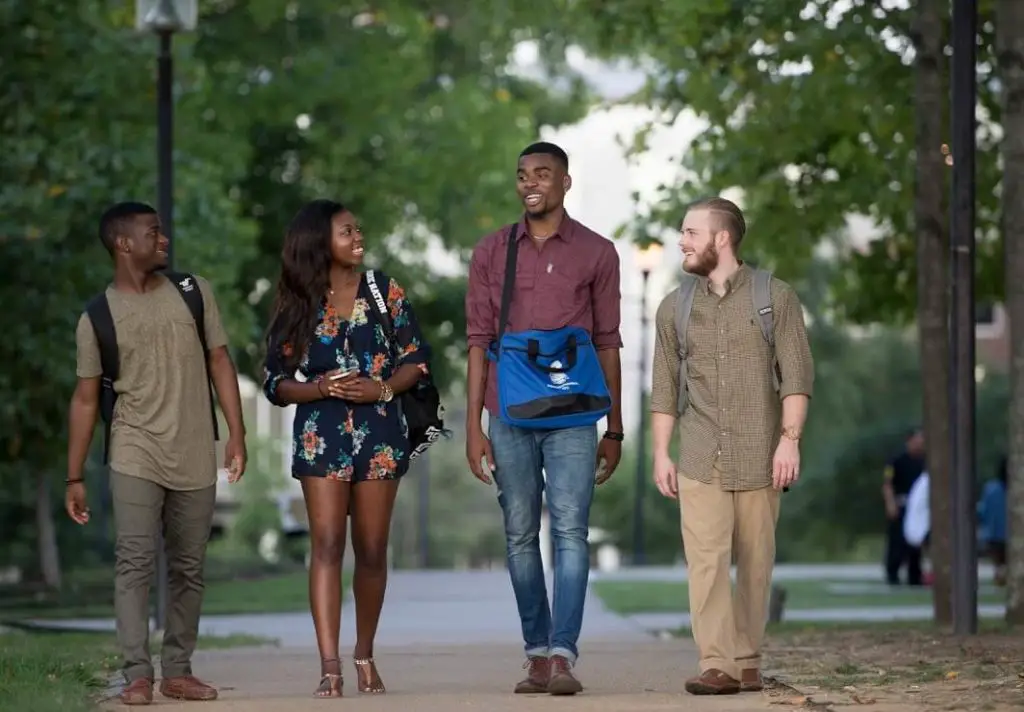Braving polarization on campuses, the newly enrolled students are making friends with peers from different religious traditions, political ideologies or guiding philosophies.
According to Interfaith Diversity Experiences and Attitudes Longitudinal Survey [IDEALS] report “Friendships Matter” by Interfaith Youth Core, nearly 64 percent of college students who didn’t had an interworldview friendships started to have one during the first year of college while another 20 percent reported making five or more friends.
IDEALS surveyed nearly 7,000 students from 122 diverse colleges and universities across the country examining their collegiate experiences.
Despite having incompatible religious or non-religious perspectives, about 64 percent of the students reported that the differences didn’t affect their friendship.
“It is vital for colleges and universities to encourage interworldview friendships to help inspire a new generation of compassionate, open-minded people who are prepared to engage diversity productively in their communities and workplaces,” Professor Dr. Alyssa Rockenbach, a co-principal investigator on IDEALS said.
The report noted an overall positive impact on students’ pluralism orientation, appreciative knowledge, and commitment to their own worldview.
Also, the students in interworldview friendships were found having positive attitudes towards people with different worldviews.
“A report like this shows that another way is possible – that friendships really matter, that campuses can facilitate positive interactions that lead to lasting relationships, and that all of this can strengthen our diverse democracy,” said Eboo Patel, the Founder and President of Interfaith Youth Core.
During the last academic year, colleges across the country experienced 313 cases of white supremacist propaganda in the form of fliers, stickers, and posters, a 7 percent increase from the 2017-2018 academic year.
Most of the propaganda messages targeted minority groups, including Jews, Blacks, Muslims, non-white immigrants, and members of the LGBTQ community, while others sought to promote the white “American Identity.”
Why are College Campuses Being Targeted by White Supremacists?

